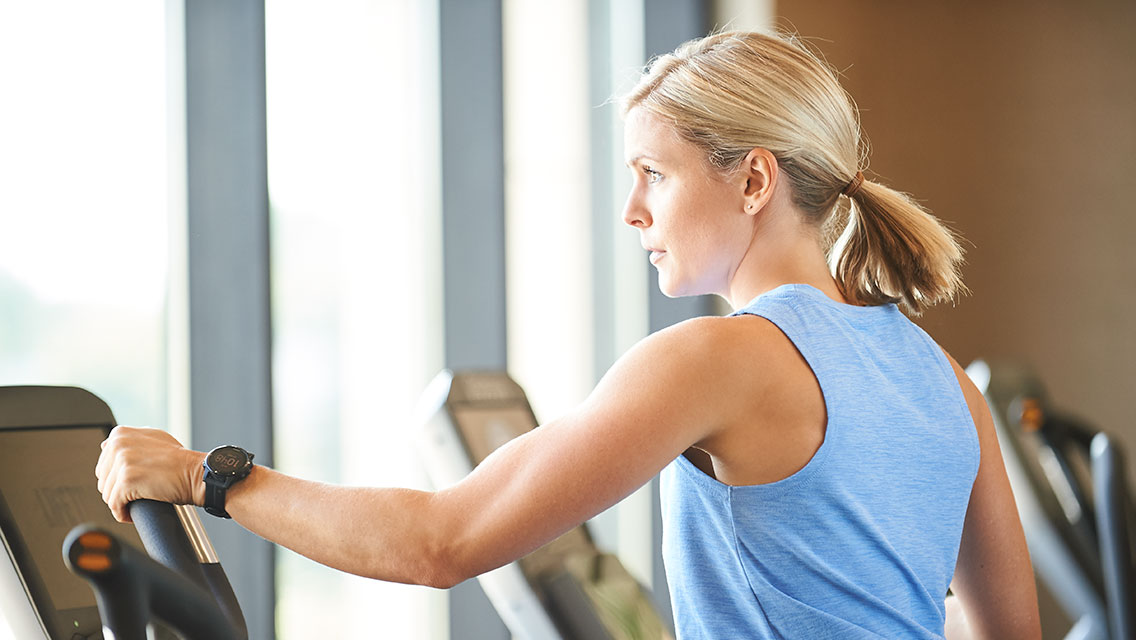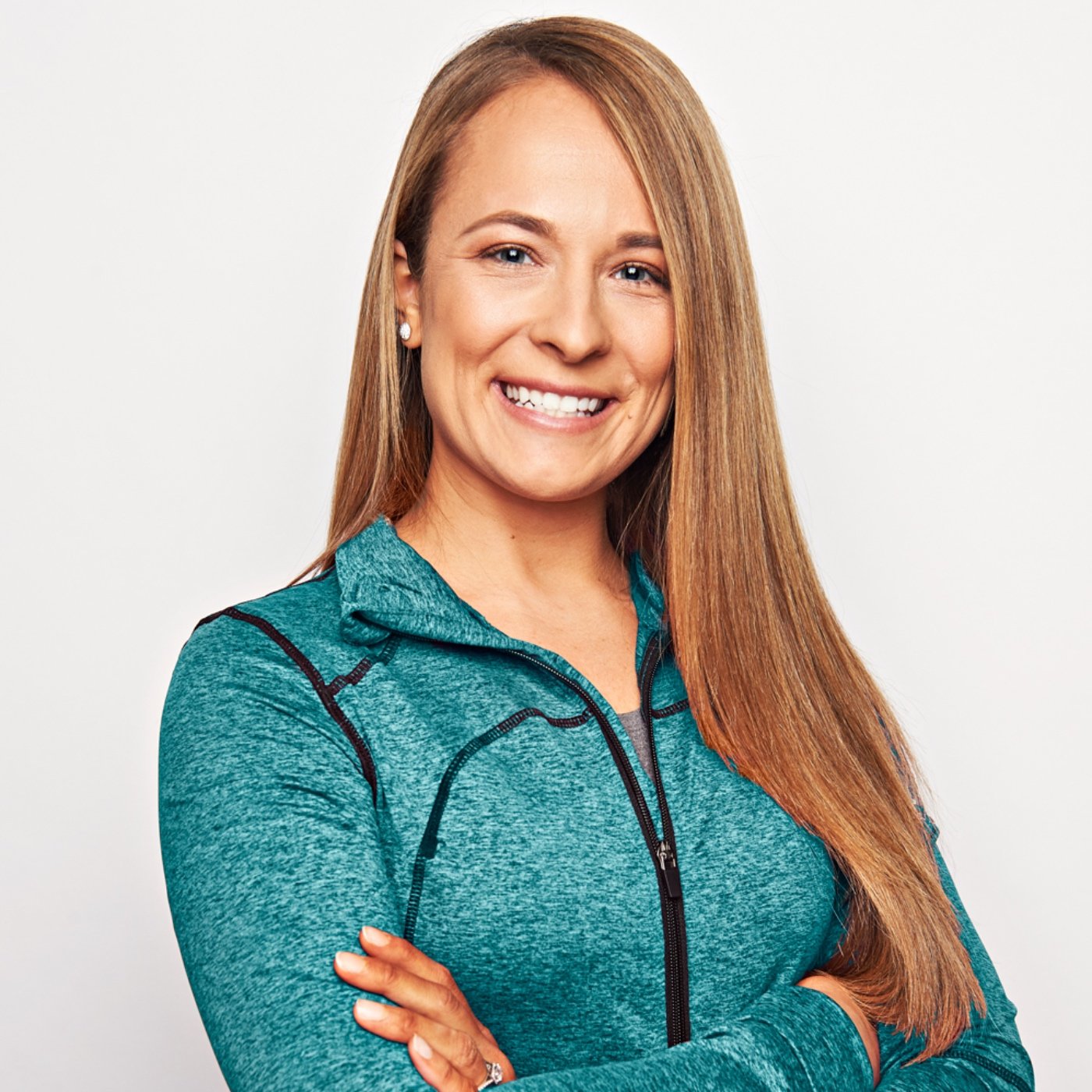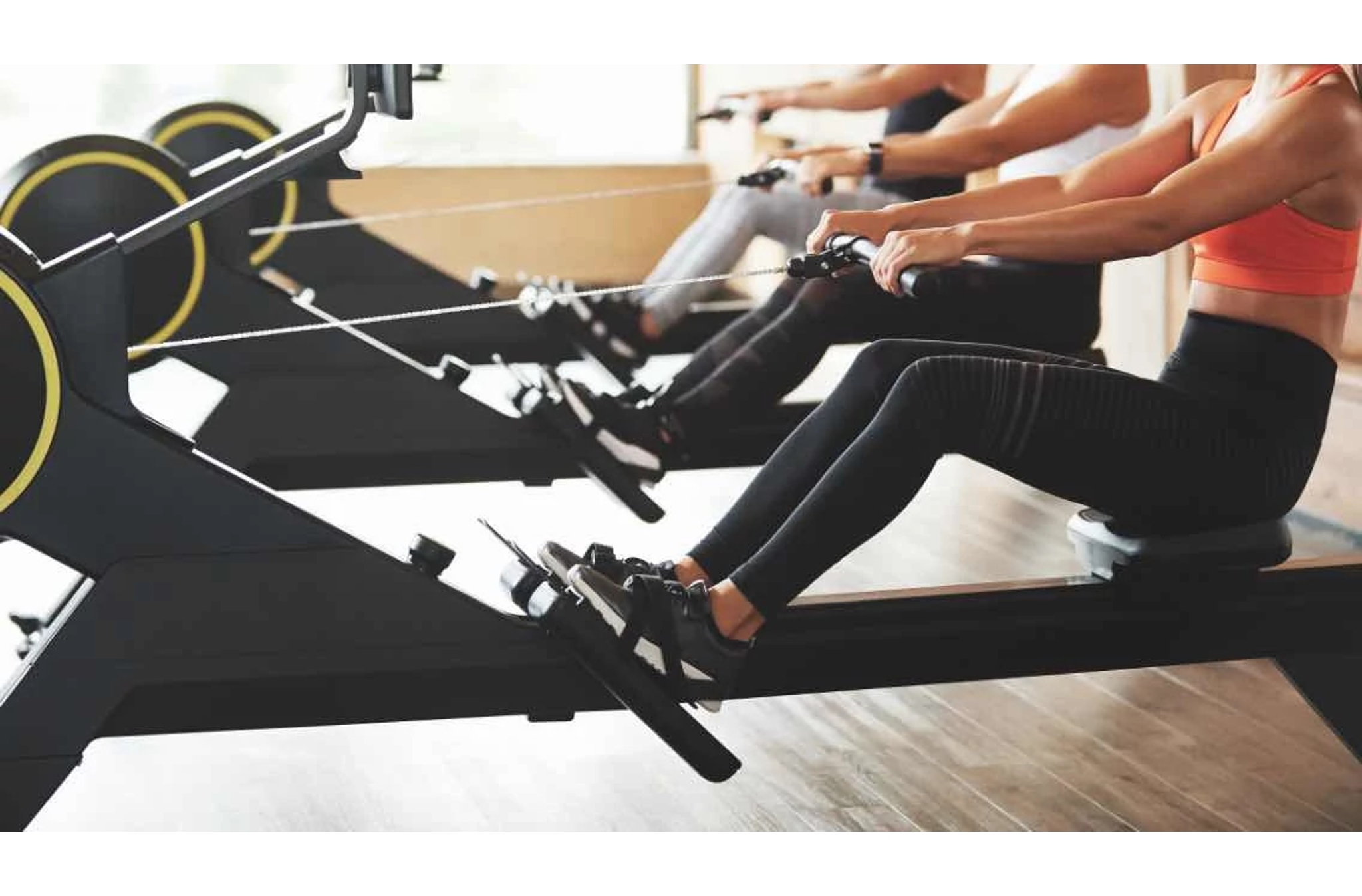If the last year has taught us anything, it’s to never take our health for granted.
The COVID-19 epidemic has turned life as we know it on its head, and amidst all of the messaging we receive to stay safe with proper hygiene, physical distancing measures, and mask-wearing, it’s equally important to also do what we can to stay healthy.
Evidence continues to emerge showing that our underlying health and lifestyle choices can play a significant role in how COVID-19 affects the body. This is encouraging because many of these factors are largely controllable through nutrition and exercise, effectively giving us some degree of power over our health outcomes in an otherwise fearful time.
In addition to empowerment, it also provides us with responsibility.
There’s no doubt that this pandemic is scary. However, so are the projected four to five million annual deaths that the World Health Organization (WHO) estimates could be prevented through regular exercise.
While stay-at-home guidelines are important to help prevent virus transmission, they’ve unfortunately also made us collectively more sedentary. For anyone truly concerned about their health and safety, implementing and maintaining regular physical activity and exercise are a necessary priority.
These are known, non-negotiable pillars of a healthy lifestyle and can aid in the management of chronic health conditions that can put you at risk of more severe disease. It’s well-established that exercise supports:
- Healthy weight management
- Positive mood
- Immune health
- Blood-sugar control
- Blood-pressure regulation
- Heart health
- Cognitive function
- Improved sleep
- Stress management
- Bone strength
- Reduced risk of certain cancers
- Prevention of falls in older adults
As part of its global health initiative, the WHO recently released their updated physical activity recommendations, providing an outline for what can help us maintain the health of our hearts, bodies, and minds. Let’s take a closer look at what the recommendations say — and how we can implement them practically in our daily lives.
How much exercise do I need?
An effective exercise program is both balanced and appropriate for your individual level of fitness. Fitness builds over time and with consistency, and there’s no need to dive all-in with vigorous intensity every day to see benefit. It’s also important to recover well in between more intense sessions.
The updated recommendations emphasize that any activity incurs some benefit. However, aiming for specific targets for duration, frequency, and intensity can provide the maximum effects. The following is a summary outline of the WHO recommended exercise targets, broken down by age group, type of exercise, and intensity:
| Ages 5–7 | Ages 18–64 | Ages 65 and older | |
| Moderate to vigorous aerobic | 60 minutes per day | 150–300 minutes per week
(or more for additional benefits)
|
|
| and | or | ||
| Vigorous intensity aerobic | 3 days per week | 75–150 minutes per week
(or more for additional benefits) |
|
| including | including | ||
| Strengthening | 3 days per week | 2 days per week | |
| with | |||
| Multicomponent training — functional strength and balance | 3 days per week | ||
| Limit | Sedentary, recreational screen time | Sedentary time | |
What do these targets look like in real life?
If you’re just getting started, it can be helpful to get some specific ideas and recommendations on how to actually implement these guidelines.
The targets outlined above can come from either structured exercise programs that drive you toward a specific goal (such as weight loss or athletic performance), or they can come from recreational activities or more for-fun workouts done for the sake of staying active and healthy. (Read this for more information on the difference between exercise programs and workouts.)
Here are some ideas of activities you could incorporate:
| Example Activities | Life Time Offerings | |
| Moderate to vigorous aerobic | Walking
Jogging Dancing Tennis Frisbee Gardening Ice skating Kayaking |
Warrior Sculpt studio class
STRIKE studio class Kettlebell Kombine studio class |
| Vigorous intensity eerobic | Swimming
Soccer HIIT (high-intensity interval training) Basketball Jump rope
|
UltraFit
XTREME studio class Ringside studio class FIRE HIIT yoga class AMP, EDG, and PWR cycle classes |
| Strengthening | Weight lifting
Shoveling snow Heavy yardwork, such as digging Hill walking Stair climbing Resistance bands Pilates |
ALPHA Strength
Kettlebell Kombine studio class Life Barre studio class Gluteus MAXout studio class UPPER RX studio class Barbell Strength studio class FLOW yoga class |
| Multicomponent training — functional strength and balance | Yoga
Pilates Tai chi Qi Gong |
Reformer and mat Pilates
En Barre studio class ROOT yoga class SOL yoga class FLOW yoga class |
For kids, the Life Time Kids Academy offers age-appropriate progressive learning classes, including Yoga, Gymnastics, Climb, Dance, and Fit curriculums, as well as drop-in classes such as Sports Skills and Cheer. Other ideas to keep kids active include jumping rope, swimming, playing tag, going to the trampoline park, playing on the monkey bars, climbing the playground, or dropping in for a pickup game at Life Time Sport.
How does this breakdown across the week?
If you’re working to be more consistent with your routine, here’s an example schedule to follow. This hits the recommended 150 minutes of moderate to vigorous aerobic activity, plus two days of strengthening activity, and two days of multicomponent functional activities, which are especially encouraged for older adults.
| Sunday | Monday | Tuesday | Wednesday | Thursday | Friday | Saturday | |
| Moderate to vigorous aerobic (adjust intensity to your current fitness level) | 30-minute walk | 60-minute GTX Conditioning class | 60-minute Kettlebell Kombine class | ||||
| Strengthening | 30-minute Pilates class | ||||||
| Multicomponent training — functional strength and balance | 20 minutes stretching and yoga |
If you prefer to stay active more on your own, here is how you might tweak the schedule:
| Sunday | Monday | Tuesday | Wednesday | Thursday | Friday | Saturday | |
| Moderate to vigorous aerobic (adjust intensity to your current fitness level) | 30-minute walk | 60 minutes gardening, yardwork, or shoveling | 60 minutes ice skating or kayaking | ||||
| Strengthening | 30 minutes Pilates, streaming class from home | 60-minute virtual strength training program | |||||
| Multicomponent training — functional strength and balance | 20 minutes stretching and yoga |
If you’re a bit more advanced, here’s an example schedule to follow. This one includes more vigorous intensity exercise and exceeds the upper end of the recommended time targets to provide additional health benefits.
| Sunday | Monday | Tuesday | Wednesday | Thursday | Friday | Saturday | |
| Moderate-to-vigorous aerobic | 30-minute jog | ||||||
| Vigorous intensity aerobic | 60-minute ALPHA Strength class | 60-minute ALPHA Strength class | 60-min ALPHA Conditioning class | ||||
| Strengthening | 60-minute Gluteus MAXout studio class | ||||||
| Multicomponent training — functional strength and balance | En Barre studio class | ROOT yoga class |
And if you want to tweak the example above to do more at-home activity, you could try this:
| Sunday | Monday | Tuesday | Wednesday | Thursday | Friday | Saturday | |
| Moderate-to-vigorous aerobic | 30-minute jog | ||||||
| Vigorous intensity aerobic | 60-minute video personal training session | 30-minute swim + 30 minutes shoveling snow | 30 minutes of HIIT intervals | ||||
| Strengthening | Repeat Monday’s workout on your own at the club | ||||||
| Multicomponent training — functional strength and balance | 30 minutes Pilates, streaming class from home | Video stream a yoga class |
Wrapping Up
No matter where you fall on the spectrum of physical activity, your road to better health begins with a single step forward. Start small and build consistency and momentum over time.
It could be as simple as walking one lap around your neighborhood today. Or it could be as dedicated as signing up for a five-days-per week formal exercise program with a trainer.
Just know this: Physical activity and exercise should add energy, joy, and vitality to your life. The clear evidence of its effects on your health outcomes based on the updated WHO guidelines makes it even that much more rewarding.
Whether in a group or on your own, at the club or at home, face-to-face or virtually — we’re here to help.




